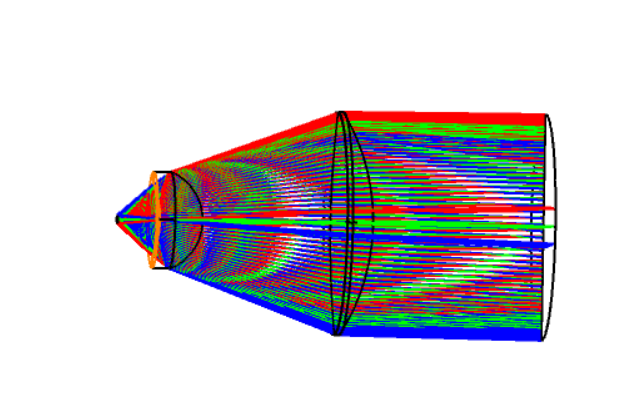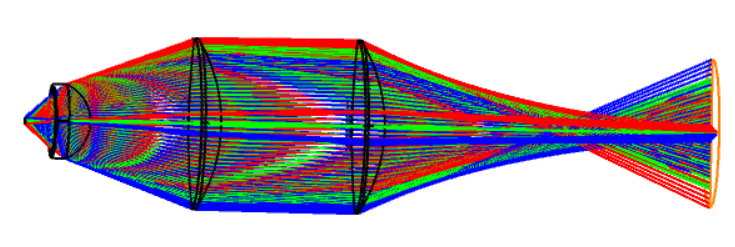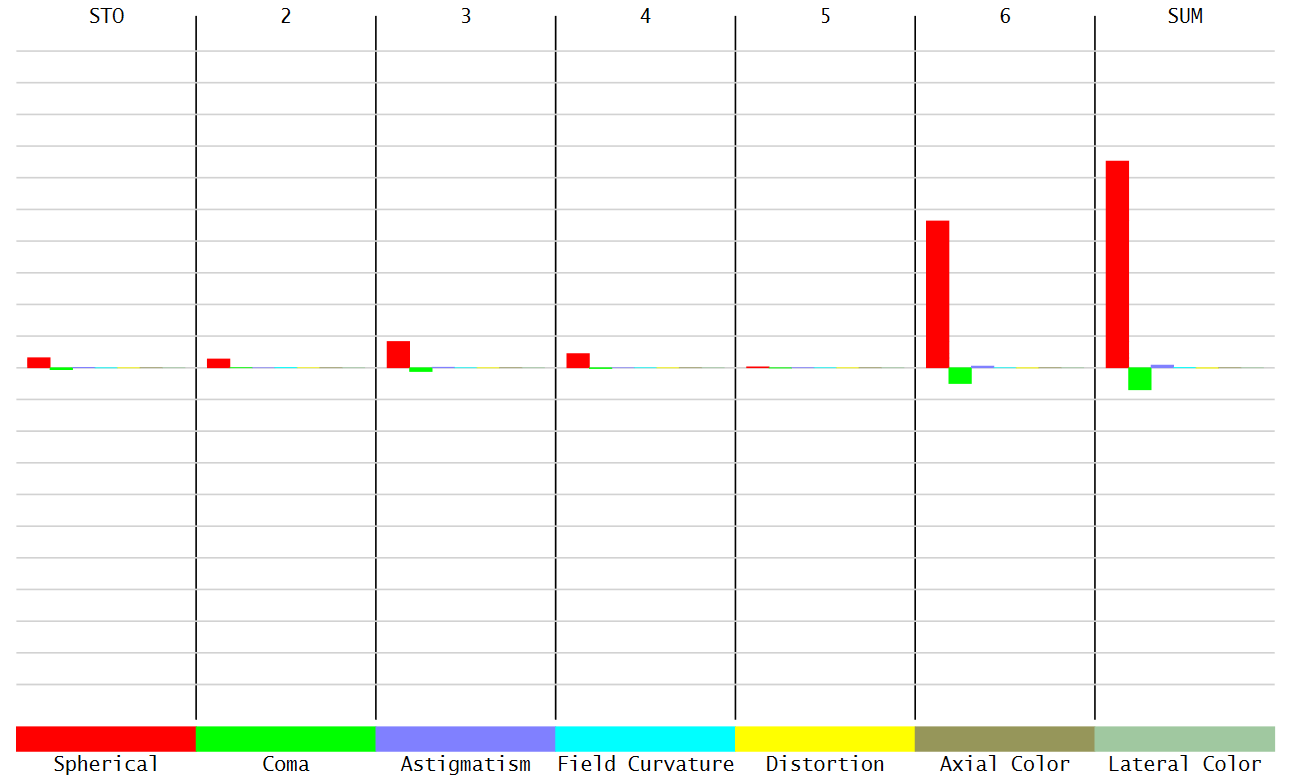Hi to all!
I have been trying to focus an extended source. In the context, I tried collimating it and then tried focusing it using a best form lens. However, spherical aberration adds to the final image.
Source: https://www.thorlabs.com/thorproduct.cfm?partnumber=M280L6
To simulate source, I am using object height in field setting, gave three fields at 0.5mm, 0mm, and -0.5mm and selected object space NA in aperture type with value 0.7. Given wavelength is 283nm.



Any assistance on what I am doing wrong or any other way of focusing this extended source would be appreciated.
Thank you!





